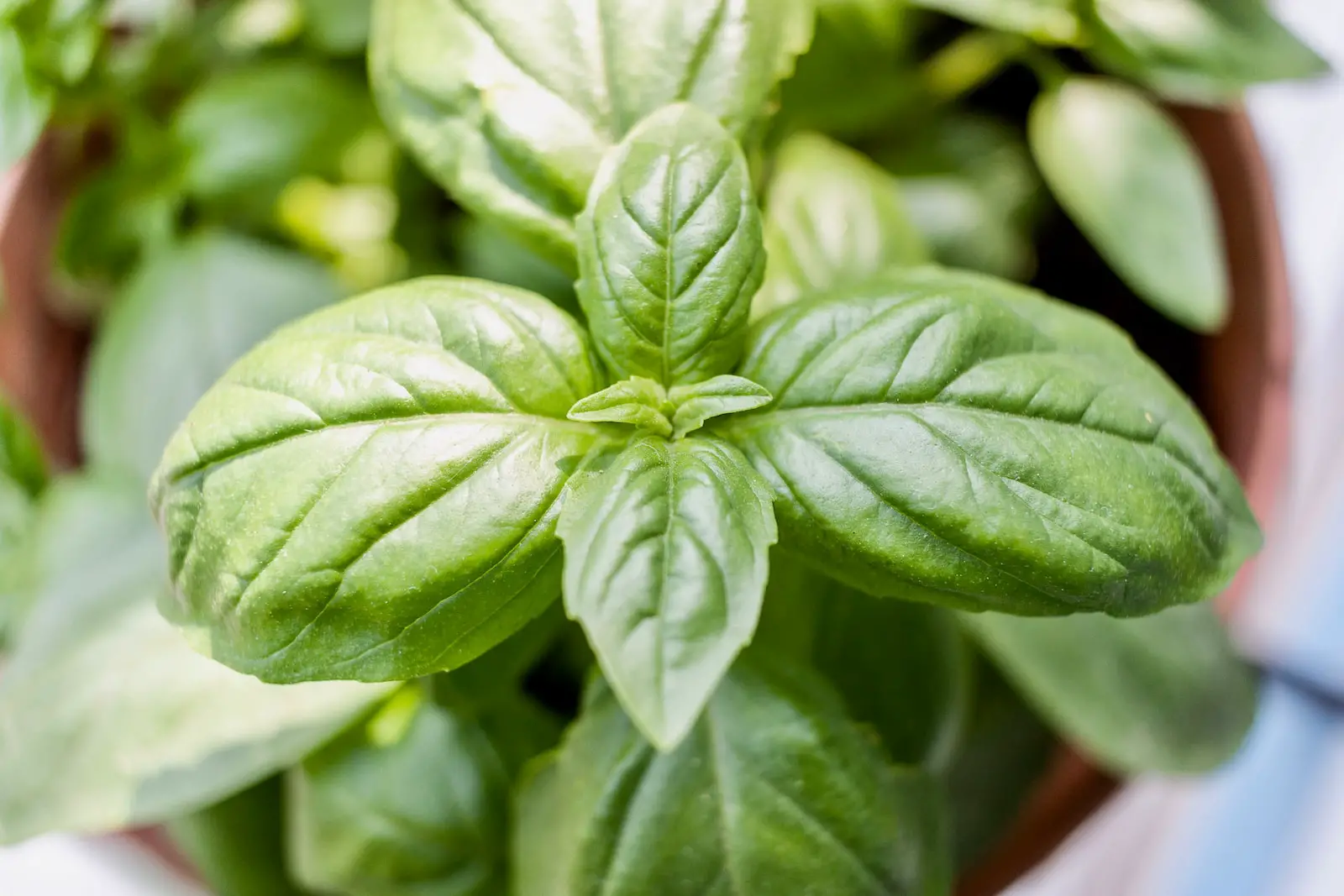Basil, known for its aromatic leaves and essential role in many culinary dishes, is a popular herb grown worldwide. While it’s often associated with Italian cuisine, especially in pesto, basil has a rich history that spans multiple cultures and cuisines.
Belonging to the mint family, basil comes in various types and flavors, with sweet basil being the most common. The plant’s distinctive fragrance and flavor make it an indispensable herb in kitchens and gardens. Apart from its culinary uses, basil has been known for its medicinal properties, including anti-inflammatory and antioxidant effects.
Growing basil can be a delightful experience for both novice and seasoned gardeners. Its vivid green leaves and pleasant aroma make it a beautiful addition to any garden or windowsill. Let’s delve into the details of this remarkable plant, exploring its characteristics, growing requirements, and common issues.
| Attribute | Details |
|---|---|
| Common Names | Basil, Sweet Basil |
| Botanical Name | Ocimum basilicum |
| Family | Lamiaceae |
| Plant Type | Annual herb |
| Mature Size | 12-24 inches tall |
| Sun Exposure | Full Sun |
| Soil Type | Rich, well-draining |
| Hardiness Zones | 10-11 |
| Native Area | Africa, Asia |
Basil Care
Caring for basil involves understanding its specific needs for sunlight, water, soil, and general maintenance. A well-tended basil plant can provide fresh leaves throughout the growing season. Full sun, regular watering, and fertile soil are vital for this aromatic herb.
Pruning is an essential part of basil care, encouraging a bushier growth and more prolific leaf production. Regularly pinching off the flowering stems will extend the harvesting season and enhance the flavor of the leaves. It’s best to harvest basil in the morning when the leaves are most flavorful.
Light Requirement for Basil
Basil requires full sun to thrive, meaning it needs a minimum of 6-8 hours of direct sunlight daily. Adequate sunlight ensures robust growth and enhances the flavor and aroma of the leaves. In regions with intense summer heat, afternoon shade might be beneficial.
Soil Requirements for Basil
Rich, well-draining soil with a neutral pH of around 6-7 is ideal for basil. Incorporating organic matter like compost can enhance the soil structure and provide the necessary nutrients for healthy growth.
Water Requirements for Basil
Basil prefers consistent moisture but is susceptible to root rot if the soil remains soggy. Watering at the base of the plant to keep the foliage dry, coupled with well-draining soil, helps maintain the right moisture level.
Temperature and Humidity
Basil is a warm-weather herb that thrives in temperatures between 60-90°F (15-32°C). It is sensitive to frost and should be grown indoors or protected outside if frost is anticipated. While it prefers some humidity, overly humid conditions can lead to fungal diseases.
Fertilizer
While basil grows best in rich soil, it doesn’t usually require additional fertilization. However, a light application of a balanced, all-purpose fertilizer can be beneficial during the growing season if the soil lacks nutrients.
Pruning Basil
Pruning or pinching back basil encourages bushier growth and more leaf production. Regularly remove flowering stems to keep the plant producing leaves and maintain the flavor.
Propagating Basil
Basil can be propagated through cuttings. Simply take a cutting with several leaves, remove the lower leaves, and place it in water or soil. Roots will develop in a few weeks, after which the new plant can be transplanted.
How To Grow Basil From Seed
Growing basil from seed is straightforward. Sow the seeds indoors 6 weeks before the last frost date or directly outdoors after the danger of frost has passed. Germination occurs in 5-10 days, and the seedlings can be transplanted once they have at least two sets of true leaves.
Common Pests & Plant Diseases
Aphids
Aphids can be washed off with water or treated with insecticidal soap.
Downy Mildew
Ensure proper spacing and airflow to prevent this fungal disease.
Fusarium Wilt
A soil-borne disease, avoid planting in contaminated soil or use resistant varieties.
Common Problems With Basil
Yellowing Leaves
This may be due to overwatering or a nutrient deficiency.
Wilted Plant
Insufficient water or a disease like Fusarium wilt could cause wilting.
Leggy Growth
Inadequate sunlight often leads to weak, leggy growth.
Pro Tips
- Harvest basil leaves regularly to encourage new growth.
- Avoid watering the leaves to reduce the risk of fungal diseases.
- Grow basil near tomatoes in the garden, as they are good companions.
- Pinch off flower buds as soon as they appear to keep the plant productive.
- Consider growing different basil varieties for unique flavors and appearances.



